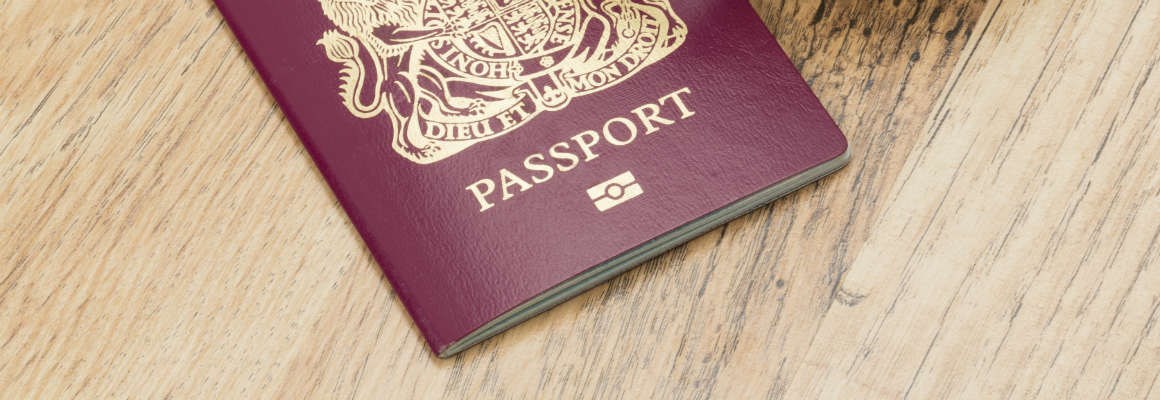Provisional driving licence guide
How to apply for a provisional licence in four easy steps
What is a provisional driving licence?
It allows you to drive a car as long as it has L-plates. You also need to be supervised by another driver who is over 21 and passed their driving test more than three years ago. You can apply for a provisional licence when you’re 15 years and nine months old, but you won’t be able to drive on public roads until you’re 17.

1. Dig out your ID
To apply for a provisional licence, you need to provide some form of identification. The easiest option is if you have a biometric passport - you can recognise these by the 'chip inside' symbol, at the bottom of the front cover.
If you do, you can simply use the nine digit passport number to apply for your licence online.
If you don’t have a biometric passport, you can use any of the following documents, but you’ll need to send them through the post along with your application:
- A current and valid passport
- Your birth certificate, but only in combination with further proof of identity such as your National Insurance Card, a P45 or P60 form from your employer or a pay slip
- A biometric residence permit (BRP) formerly known as the identity card for foreign nationals
- A UK certificate of naturalisation
- A European Union (EU) or European Economic (EEA) national identity card
2. (Don't) smile for the camera
If you don’t have a biometric passport, you need to provide a passport-sized photograph along with your application. This must be a full-colour 45mm by 35mm photograph. It must show your whole head, unobscured, against a plain, evenly lit background. You also need to have a neutral expression with your mouth closed.
The photo booths in most supermarkets, shopping centres and post offices are probably the easiest way to get this done. This photograph then needs to be signed on the back by someone who is not a relative, but has known you for at least two years.
3. Check you meet the minimum eyesight requirement
To drive in the UK, you need to be able to read a number plate from 20 metres away. You can test this out by looking at a number plate that is far away enough that you can't read it. Walk slowly towards the car and stop when you can just about make it out. Pace in long strides towards the car - if it takes over 20 steps to reach it, your sight is good enough to drive.
If your eyesight isn't good enough, you may be able to correct it with glasses or contact lenses - you will then be able to apply for a licence as long as you always wear them when driving.

4. Make your application
Now you have everything you need, you're ready to submit your form. You can either do this online, in person at your local post office, or by post. If you don't choose the online option, you'll need to complete a D1 application form, available from the DVLA or your local post office.
The cost of a provisional licence is £34 if you apply online - you can pay by credit or debit card - or £43 by post or in person. If you're applying by post or in person, you'll need to pay for it by cash or cheque.
And that’s it, you’re done. It should take about three weeks for your new provisional licence to arrive, and then you can get behind the wheel.
Provisional driving licences are valid for 10 years. If you haven’t passed your test by then, you will need to renew your provisional licence. You’ll be reminded to do this by the DVLA. The cost of renewing your licence is £14. The process is the same as renewing a full driving license.
The next step is to get your theory test booked. Here’s our guide to maximising your chances of a first-time pass.
Find out more about car insurance from Swinton...
- Car Insurance - Choose from a flexible range of standard and specialist car insurance policies
- Young Drivers - Young driver or newly qualified?
- Breakdown Cover - Flexible cover to help get you back on the road
Looking for something else?